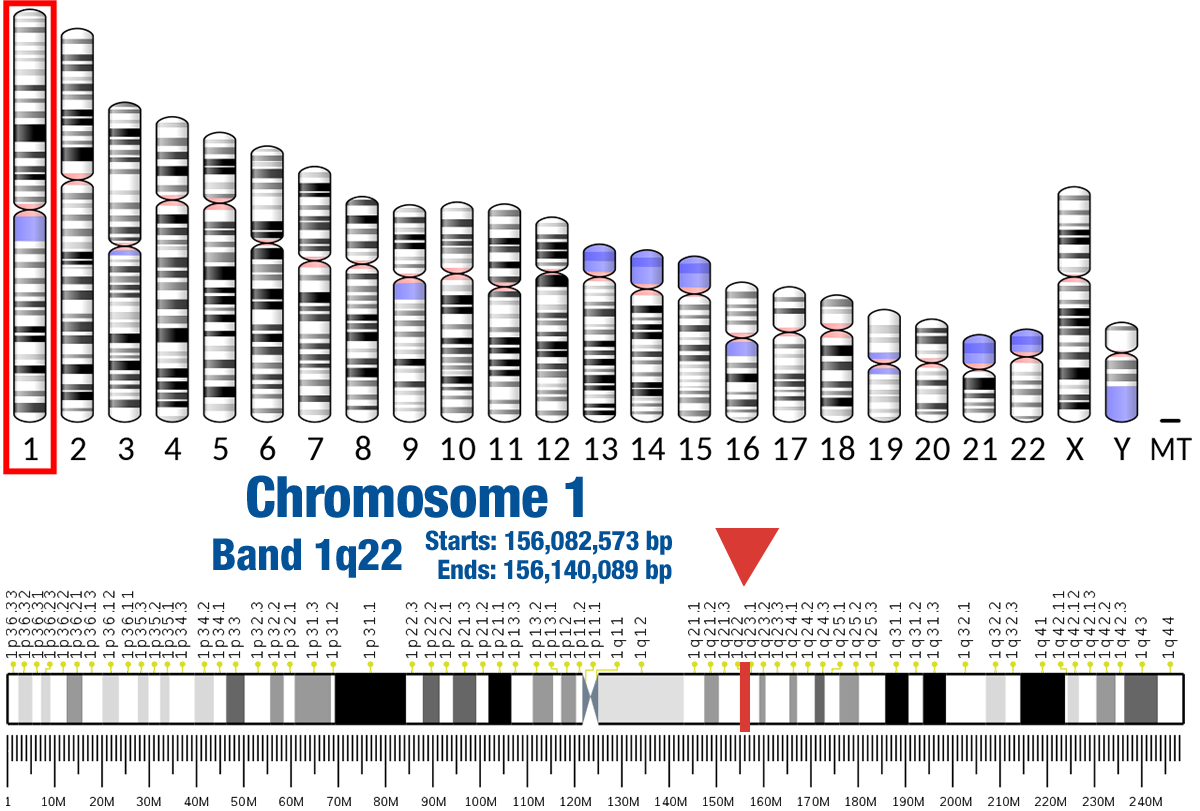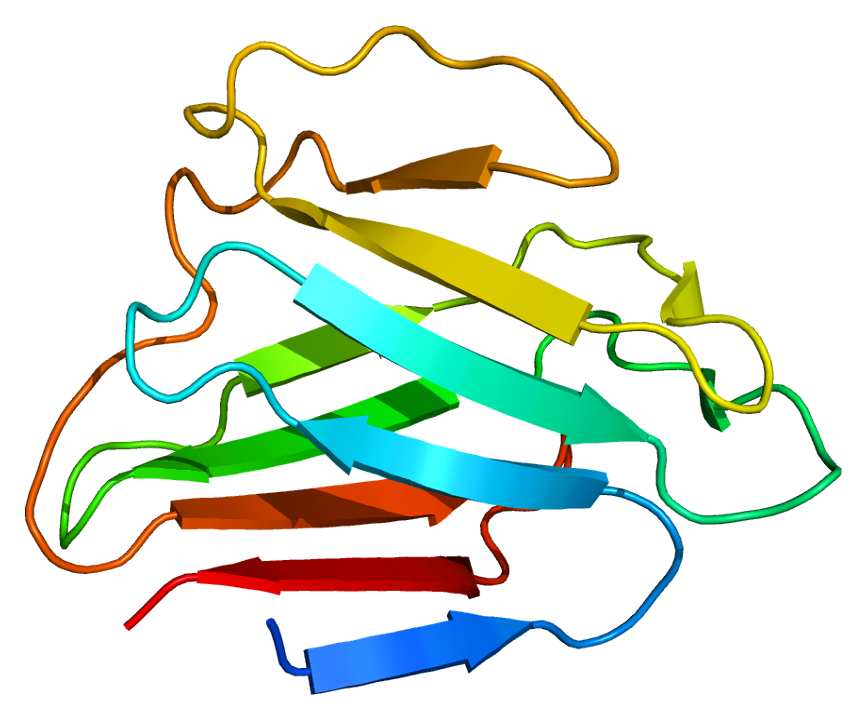
The nuclear lamina consists of a two-dimensional matrix of proteins located next to the inner nuclear membrane. The lamin family of proteins make up the matrix and are highly conserved in evolution. During mitosis, the lamina matrix is reversibly disassembled as the lamin proteins are phosphorylated. Lamin proteins are thought to be involved in nuclear stability, chromatin structure and gene expression. Vertebrate lamins consist of two types, A and B. Alternative splicing results in multiple transcript variants. Mutations in this gene lead to several diseases: Emery-Dreifuss muscular dystrophy, familial partial lipodystrophy, limb girdle muscular dystrophy, dilated cardiomyopathy, Charcot-Marie-Tooth disease, and Hutchinson-Gilford progeria syndrome. [provided by RefSeq, Apr 2012]
- Protein import into nucleus
- Nucleus organization
- Nuclear envelope organization
- Mitotic nuclear envelope reassembly
- Negative regulation of cell proliferation
- Hutchinson-gilford progeria syndrome
- Emery-dreifuss muscular dystrophy 2, autosomal dominant
- Cardiomyopathy, dilated, 1a
- Muscular dystrophy, congenital, lmna-related
- Mandibuloacral dysplasia with type a lipodystrophy
Gene Location



